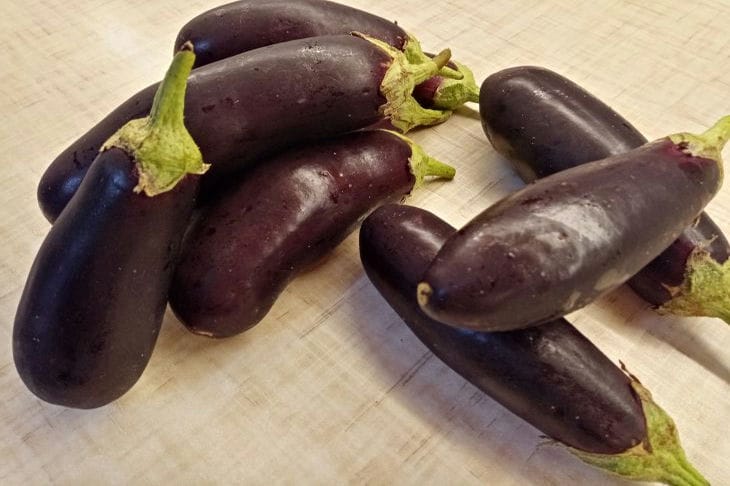Where is it better to grow eggplants: in a greenhouse or outside
The choice between growing eggplants in a greenhouse or outdoors depends on climate conditions.
The eggplant crop requires warmth and a stable climate, as it does not tolerate low temperatures and sudden fluctuations.
In areas with cool, short summers, growing eggplants outdoors may not be effective because the plants do not have time to develop and bear fruit.
In such conditions, the greenhouse provides an optimal microclimate, protecting plants from cold nights and unexpected frosts, which contributes to stable growth and increased yields.
Control of growing conditions
The greenhouse provides the opportunity for complete control over the conditions for growing eggplants.

In a closed space it is easier to maintain the required temperature, humidity and lighting, which is especially important for capricious plants.
Outdoor cultivation, on the other hand, depends on natural factors that cannot always be predicted and controlled.
In the greenhouse, you can use drip irrigation and ventilation systems, which allows you to create optimal conditions for the growth of eggplants.
Resistance to pests and diseases
Growing eggplants in a greenhouse reduces the risk of plant damage by pests and diseases.
The closed environment protects plants from insects and fungal infections that often attack outdoor plantings.
It is easier to carry out preventive treatments and maintain cleanliness in a greenhouse, which significantly reduces the likelihood of diseases.
Outdoor plants are more susceptible to pest attacks, which requires constant monitoring and frequent use of protective equipment.
Productivity and quality of fruits
The yield of eggplants in a greenhouse is usually higher than outside. In greenhouse conditions, plants receive more heat and light, which contributes to rapid growth and abundant fruiting.
Greenhouse-grown eggplants often have a more even shape and rich color.
Outdoors, plants can be stressed by weather conditions, which can negatively affect the quality of the fruit. Unpredictable weather and pest attacks can significantly reduce yields.
Costs and economic efficiency
Growing eggplants in a greenhouse requires significant initial investment. Building a greenhouse, installing heating, irrigation and lighting systems – all of this requires costs.
However, in the long term, a greenhouse allows you to get stable and high yields, which pays for the costs.
Outdoor growing is cheaper, but the risk of losing the crop due to adverse weather conditions or pests is higher.
Thus, the choice depends on financial capabilities and growing goals.
Vegetation period and ripening period
Greenhouse conditions significantly shorten the growing season of eggplants. In a greenhouse, you can start planting in early spring and extend the growing season until late autumn.
This allows you to get a harvest several months earlier than when growing outdoors. Outdoor planting begins later, when the soil warms up, which limits the growing season and the ripening period of the fruits.
In regions with short summers, this may result in eggplants not having time to fully ripen.
Ecological and natural aspects
Growing eggplants outside has its environmental benefits. The plants receive natural light and are watered by rainwater, which reduces the need for additional resources.
In a greenhouse, artificial lighting and irrigation systems have to be used, which increases energy costs. Outdoor plantings also contribute to biodiversity by attracting pollinating insects and supporting natural ecosystems.
Previously we talked about using straw in the garden.
